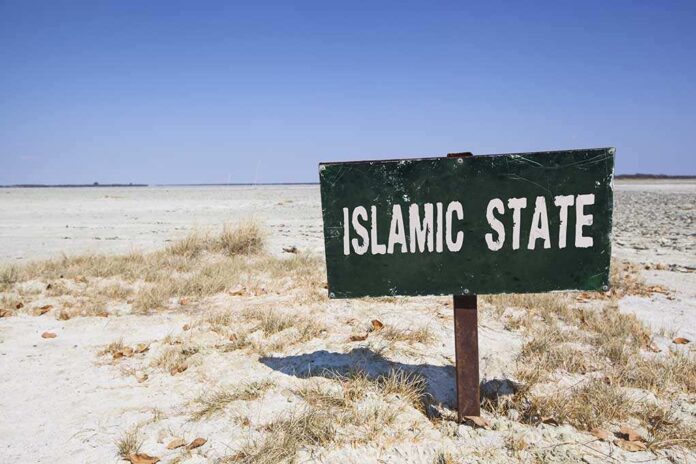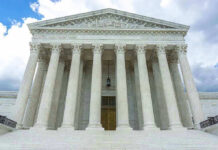
Christianity has stabilized after years of decline, challenging narratives of its inevitable fade as Islam’s growth faces hurdles.
Story Highlights
- Christianity’s decline in the U.S. has slowed, showing signs of stabilization.
- Islam’s growth in the U.S. is driven mainly by immigration, not organic expansion.
- Political polarization deepens as religious identities align with party lines.
- The growth of religious “nones” has plateaued, indicating a societal equilibrium.
Stabilization of Christianity in the U.S.
Recent data from the Pew Research Center indicates that the decline of Christianity in the United States has slowed significantly. As of 2023-2024, 62% of U.S. adults identify as Christians. This marks a stabilization following decades of decline, where Christian affiliation dropped from around 90% in the 1990s. The shift provides churches with an opportunity to adapt to a new religious landscape without the urgency of continuous membership losses.
This stabilization contrasts with the narrative of an inevitable decline, offering a moment for strategic repositioning rather than crisis management. This development is crucial for conservative Christians who have seen less decline compared to their liberal counterparts, maintaining a majority Christian identity within conservative circles.
Islam’s Growth and Its Challenges
Islam’s growth in the United States is primarily fueled by immigration, with Muslims now constituting about 1.1-1.3% of the population. This growth pattern highlights challenges for long-term expansion, as retention among second-generation Muslims faces pressures from assimilation. The first-generation Muslims maintain strong religious commitments, but subsequent generations are more prone to secular influences, impacting community cohesion and growth.
The U.S. religious landscape’s secularizing currents further complicate the retention of Muslim youth, suggesting that the growth of Islam in America may plateau despite ongoing immigration. This scenario challenges the assumption of Islam’s inevitable demographic dominance over Christianity.
Political Implications and Cultural Shifts
The alignment of religious identity with political affiliation has intensified, with Democrats showing fewer Christians and more religious “nones” than Republicans. This divergence in religious composition between political parties underscores the cultural and ideological divides within American society, potentially exacerbating polarization.
The stabilization of Christian decline and the plateauing of religious “nones” suggest a new societal equilibrium. Despite the weakening of institutional affiliations, spiritual and supernatural outlooks remain prevalent, indicating that American culture retains its religious sensibilities. This equilibrium could stabilize the political landscape, allowing for more nuanced discussions of religious and cultural identity.
Sources:
Will Islam Overtake Christianity as the World’s Largest Religion?
The Decline of Christianity in the U.S. Has Slowed, May Have Leveled Off
The Decline of Christianity Has Slowed
How U.S. Muslims Compare with Other Americans Religiously and Demographically












